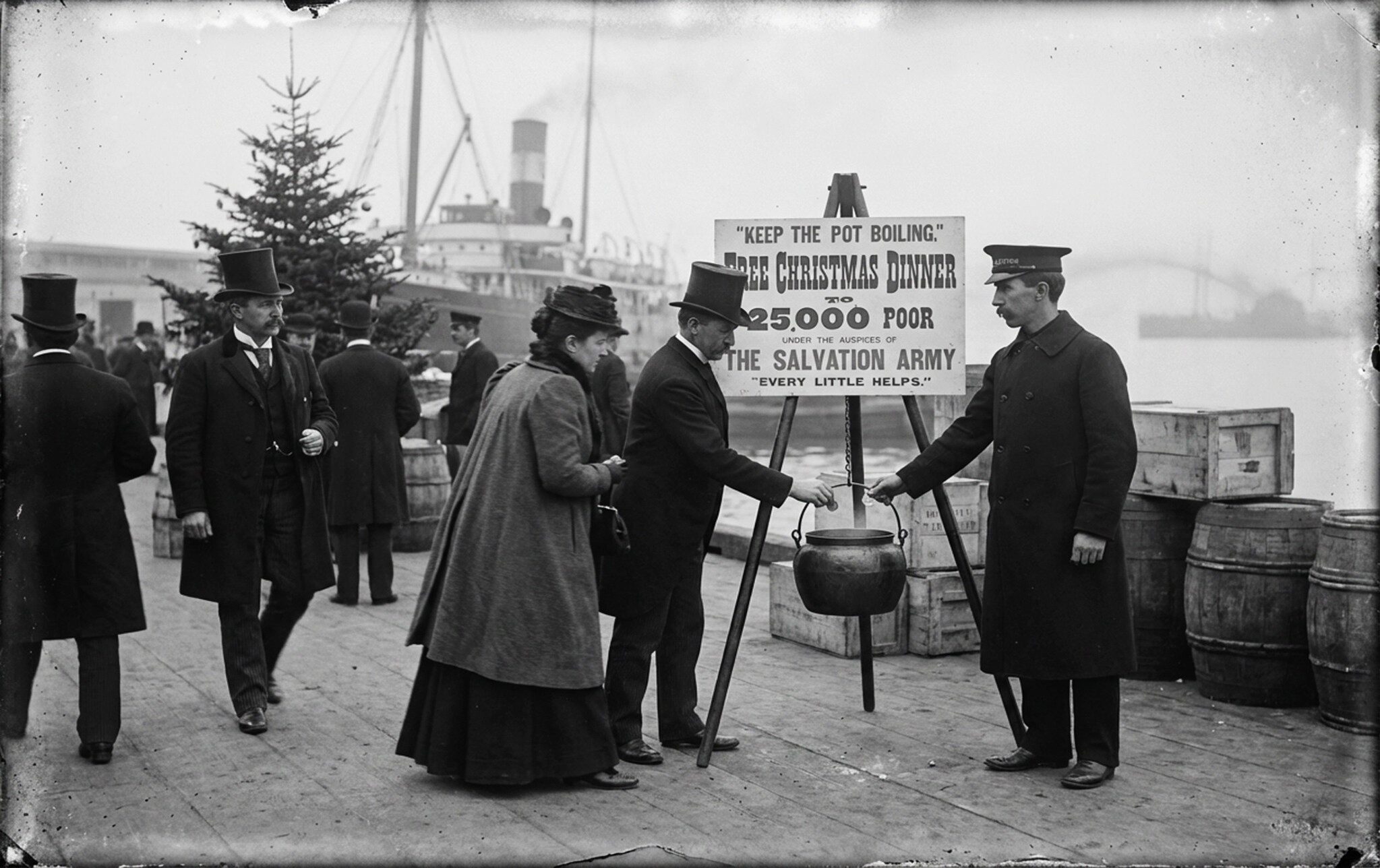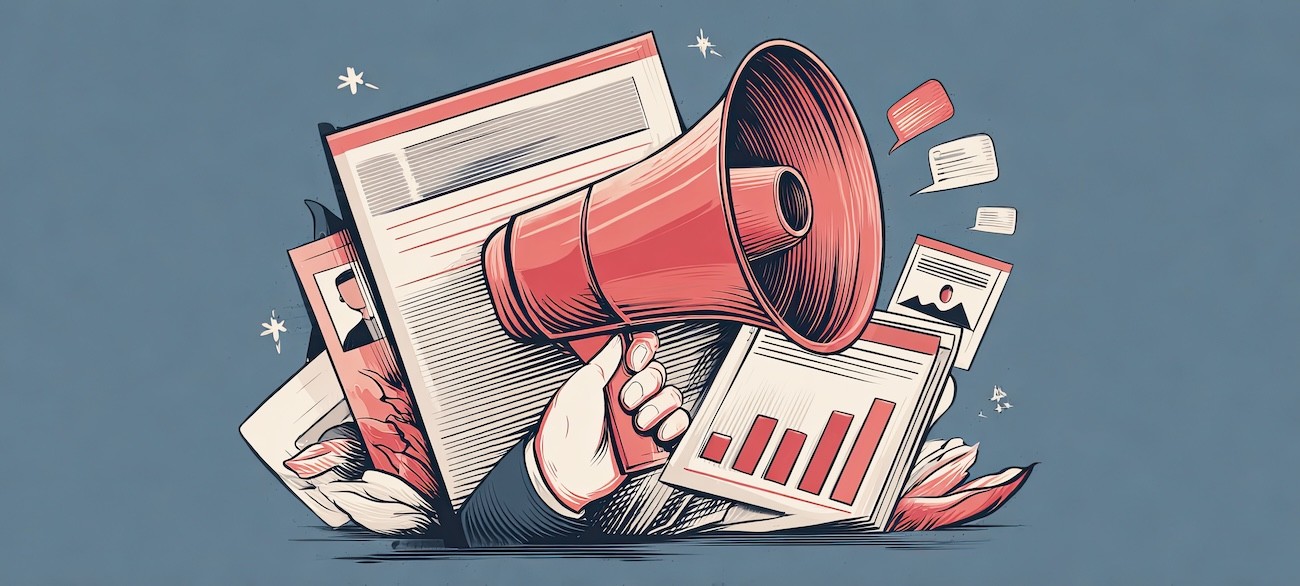Do you hear that? That sound? You have to stop and think about it to catch it.
It's noise.
The noise of Facebook and Twitter. The noise that we've all become so accustomed to, that we don't even notice it much anymore.
As a brand, it's also the noise that you have to cut through in order to be heard.
Twitter is probably the bigger of the two culprits here. Facebook is less noisy, but it has other problems. With the changes they've made in the last year (paid advertising system), fewer-and-fewer of your posts are actually showing up in people's Facebook feed. That's on top of research that was saying more-and-more people were "hiding" (the equivalent of unsubscribing) posts from the pages they were fans of even before paid advertising hit.
So once again, we're faced with the reality that your communications need to be driven by strategy. Throwing more money and time at the problem isn't the answer. An effective overall strategy that intelligently leverages all of your marketing and advertising mix is.
For instance, we've found that our email newsletters have been instrumental in bringing real engagement to our blog. And that means that we are helping more people, which is what we're all about!
We still use Facebook and Twitter, but they are secondary drivers of engagement. That test (using newsletters) came out of analyzing our own personal tendencies to really appreciate newsletters from organizations that are doing email well. When they do, it's valuable to us and they create a positive brand impression that leads to an excellent brand/customer relationship.
But that's just one example of mediums changing. The reality is that the mediums will just keep changing in the coming months and years.
What doesn't change? Sound strategy.
So if you do, stop talking about your Twitter strategy or your Facebook strategy, and instead, talk in terms of your marketing strategy. Talk in terms of your audience. Understand them and their needs. That way, it won't be about the ever-changing tools - there's no way they should drive your communications. Your communications need to be about the people and the strategy of connecting with them. Then you'll know which tools to use and how to use them.
And by all means, if you need help with that, give us a call.





